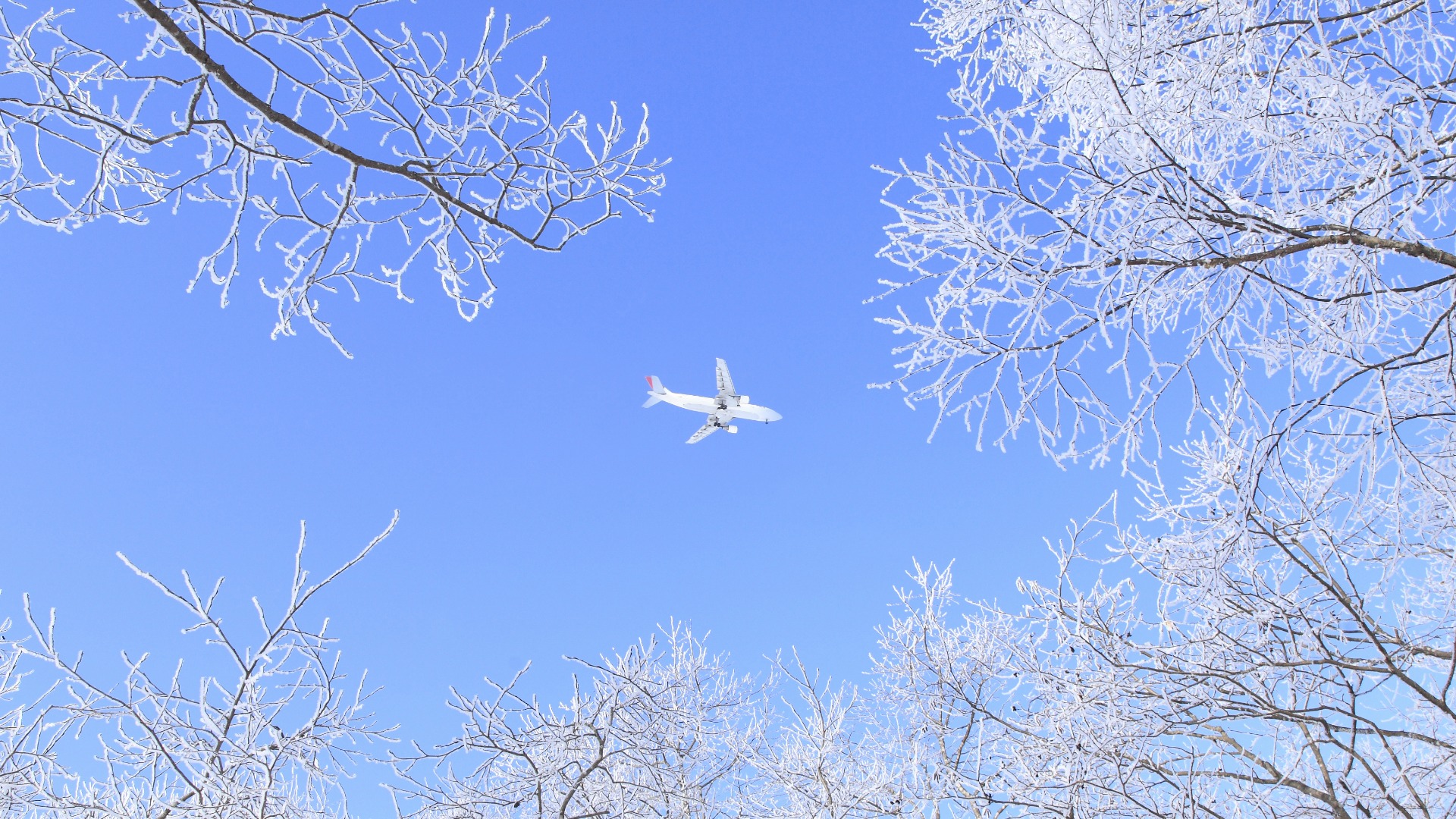“After five years, there’s going to be more action on energy efficiency and fuels and less on the offsetting side,” she said.
And that brings us to Finnair’s fourth pillar: sustainable aviation fuels. This is the one the industry as a whole has the most riding on, with the International Air Transport Association (IATA) saying that the wide adoption of SAF could account for as much as 65 percent of future emissions cuts.
SAF currently accounts for less than one percent of all aviation fuel so to say there is a long way to go would be an understatement.
‘No white knight to save us’
Lukas Kaestner is the co-founder of Sustainable Aero Lab, which connects startups focused on climate-neutral aviation with mentors and investors. He told us that he was disappointed that IATA is betting so heavily on SAF.
“It's kind of shoving the problem away to the desk of the oil and gas industry. And this is not an answer that will be realistic in the long term,” he said. “I think it would be a mistake to just bet on one technology and say, ‘This is it; this is going to save us’.”
Rather than relying too much on any one solution, Kaestner said the industry “needs to become more innovative and bolder and more daring.” He said that in addition to focusing on fuel and hardware, the industry needs to look to software solutions like using AI to create more efficient slot management to keep airlines from wasting fuel waiting to take off or land.
“There will be no white knight riding across the bridge to save us,” he said. “There will never be the solution, there will only be several solutions which all have to come into play together to decarbonise aviation.”
That statement would get no argument from Larilahti. She also emphasized that the industry can’t afford to put all of its eggs in one basket.
“We need to bet big on multiple technologies at the moment. Nobody knows which is going to be the winning one,” she said. “There's probably going to be a portfolio of different technologies for different uses, like electric aeroplanes for shorter routes and electrofuels or biofuels for longer ones. We sort of have to bet on every horse in the race and we have to bet big as well because we need to find those solutions.”
The Satair Takeaway
The aviation industry has a lot riding on its green transition. Fairly or not, aviation’s roughly two percent contribution to global emissions gets a lot of attention and there is no doubt that general opinions about flying are starting to change as a result.
As the pledges coming out of COP26 indicate, the aviation industry is largely being called upon to set its own course for decarbonisation. Reaching net-zero emissions will not be easy. And it likely won’t happen at all if any one solution is pursued at the expense of others.

